Chocolate hair color: shades, choice of dyes and hair care
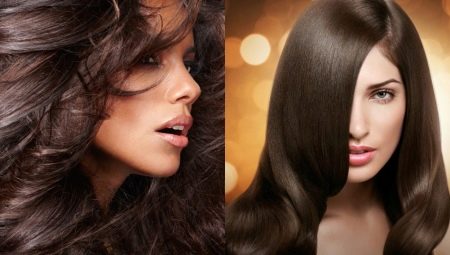
Chocolate color is suitable for those who want to get away from the annoying black, as well as for those who are tired of dyeing their hair the usual brown. Deep, rich, capable of visually increasing hair volume, this color is rightly considered royal. Warm, attractive, noble shade helps to transform those women who want to impress a serious and stylish lady.
Psychologically, the chocolate shade of hair is perceived as one of the touches of the image of an independent, independent, active and self-aware woman. This color is often chosen by socialites and businesswoman.


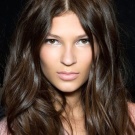

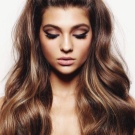

Peculiarities
Even to the ear, "the color of chocolate" sounds attractive and appears to be a beautiful, deep shade, shimmering in the sun, multifaceted and expressive. There is simply no chance to remain a "gray mouse" with such a hairstyle: hair dyed in chocolate really not only decorates its owner, but also draws attention to her. And if these curls are long, you just can't get away from attention.
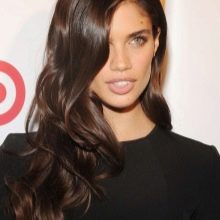
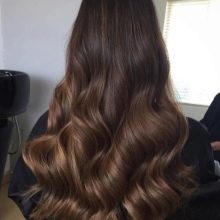

Although the traditional chocolate color is referred to as warm shades, modern technologies help to obtain tones of different temperatures. And this is a good opportunity to find an option that best suits a specific color type.
Natural chocolate is a rare color, especially for a Slavic woman. But you can bring the look of dyed hair closer to the natural one.


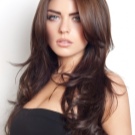
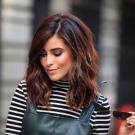
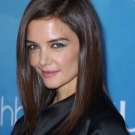
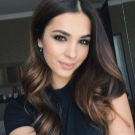
Features chocolate color.
- If a woman has been doing highlighting for a long time, but decided to completely abandon it, the best solution may be chocolate coloring.On hair, where the remains of highlighting are still visible, the color will look especially interesting.
- If a woman has red or even red hair, a wash will have to be done before switching to chocolate. Decapitation is necessary so that the new color lays down perfectly, otherwise the reaction of the dye on the hair can lead to a result that is far from the desired one.
- If the hair is light, the roots will have to be tinted frequently. On original dark hair, the border between its color and chocolate will not be so noticeable.
- The most noble shade is considered to be dark chocolate.
- On dark hair, the color may not take on; to avoid this, you will need preliminary bleaching. If discoloration is not done, instead of a new color, the hair will simply acquire additional shine. It is difficult to count on even a slight shade in such a situation.
- If initially the hair color is natural, fair and light blond, the chocolate color will most likely fit perfectly.
A competent approach is a consultation with a colorist. A master who knows everything about color, toning and coloring compositions will give an honest assessment of the very idea of recoloring into chocolate.

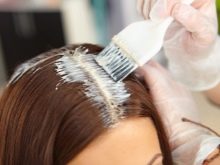
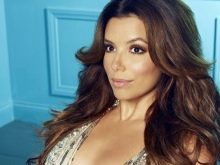
Varieties of shades
The palette of chocolate color is impressive - it has dozens of tones that can compete with each other in expressiveness and brightness. And this is not surprising: just like chocolate itself can be very different, the color of the same name suggests a rich layout of tones.
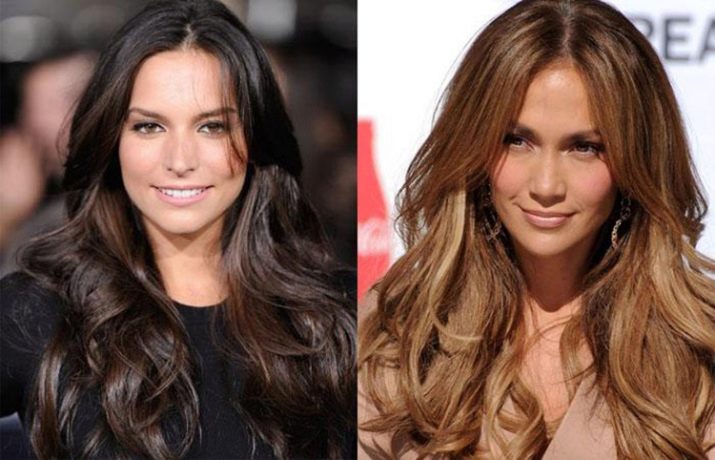
Milk chocolate
If you imagine a color line, then milk chocolate will be between blond and deep dark. If the color is very bright, and this choice was made by a woman over 35-40 years old, the shade can visually add age to her. Ash blondes and fair-haired girls, who consider their natural color dull, usually fall in love with milk chocolate.
There is a compromise option for them - a chocolate-brown shade, but milk chocolate is still the leader in the list of preferences.
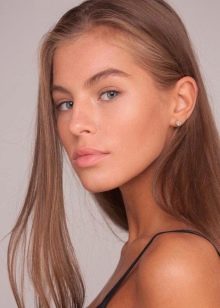
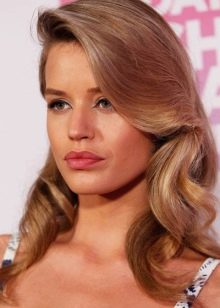
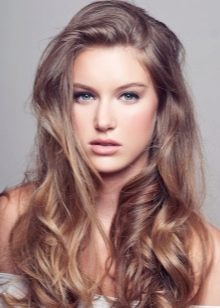
Dark chocolate
This hair color will be a compliment to a girl, whose appearance can be called bright without a stretch. If a woman has fair skin, expressive facial features and lush hair, dark chocolate with a shimmer will make the look luxurious. If the appearance does not have natural brightness, the situation is corrected by a spectacular make-up.



Light chocolate
The shade is suitable even for natural blondes. The color goes well with highlighting, it can look interesting on regrown blond hair with a natural color at the roots. He is preferred by women with fair skin and light eyes. The tone may have a slight golden sheen, especially noticeable in the sun.
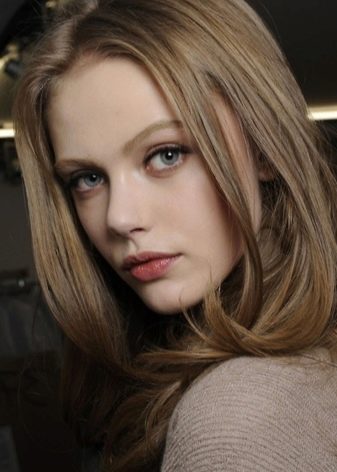
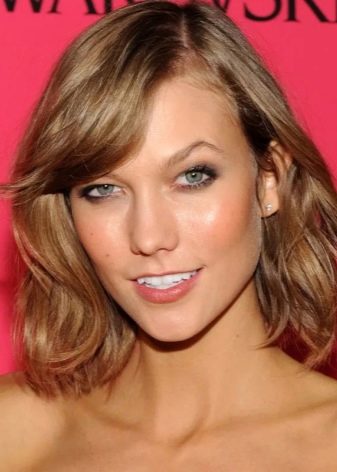
Warm chocolate
A dense, very dark color that is close to black and, in fact, differs from it only in light. Light-skinned women with light eyes and naturally dark hair can safely turn to this shade. A similar shade is used by supermodel Bella Hadid.
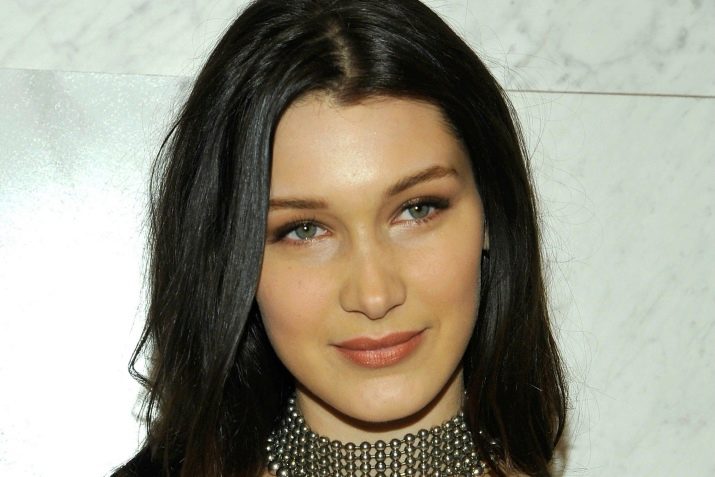
bitter chocolate
Women of the "winter" color type should pay attention to this shade. A good tone is that it helps the eyes become even more expressive, draws attention to the cheekbones and facial features in general.
For a woman with a slightly full face, an expressionless oval, this color is not the most successful, it can only emphasize age-related changes.
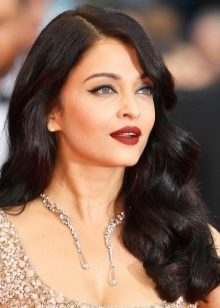


Chocolate caramel
The shade is very close to milk chocolate, but there are more golden-copper nuances in it. The soft tone is suitable for girls with the color type "autumn" (but only for those who do not have freckles). The color looks good on dark-skinned ladies.
On curly lush hair, he will not reveal his nuances and overflows as brightly as on smooth and straight ones. Not a bad option for an elongated square.
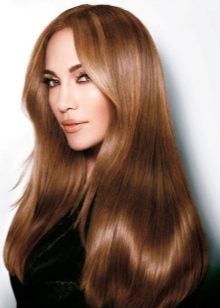

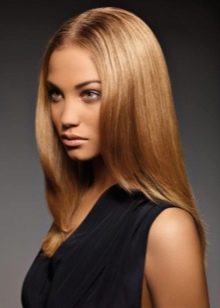
Chocolate red
Girls with green and brown eyes should go with this honey shade of chocolate. If you want to dye your color red, but lack the courage, chocolate red is a great compromise option. It looks natural, does not give red notes in the overflow of hair. And at the same time, the color does not resemble a more restrained brown, which is not so deep and expressive.
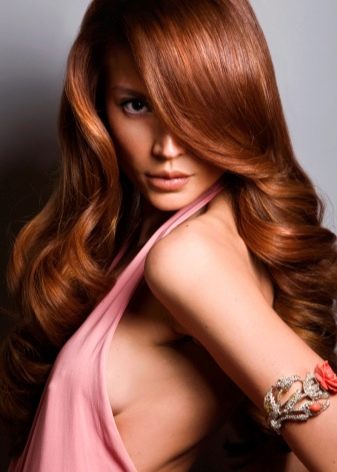
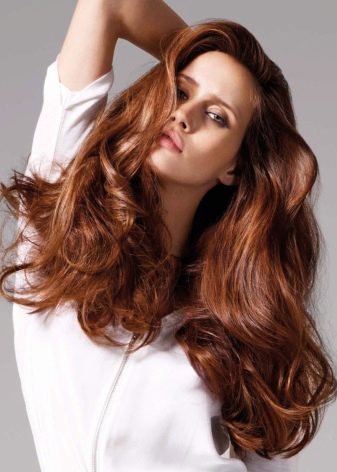
Chocolate blond
It will surprise someone, but there really is such a shade. It is somewhat reminiscent of an ashy tone, and is similar to golden chestnut. If dyeing occurs on natural light strands, the result promises to be luxurious. This shade will not work for the "winter" color type.
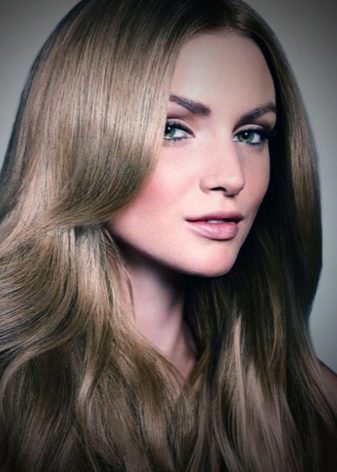

Cherry chocolate
Women with dark skin and brown eyes often choose this color. It is really good - deep, rich, iridescent, persistent. Cherry chocolate looks great on long, thick hair. If you need to visually make the curls thicker, you can also turn to this shade.
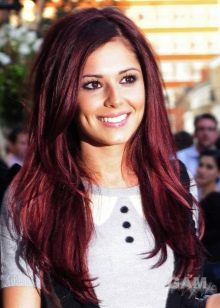
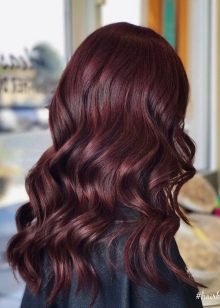
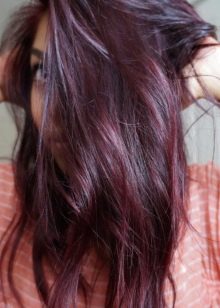
Frosty chocolate
Another good color that can transition from black to a less radical tone. The shade is strict, restrained, suitable for women of the "winter" color type. Looks great on both short haircuts and long hair.
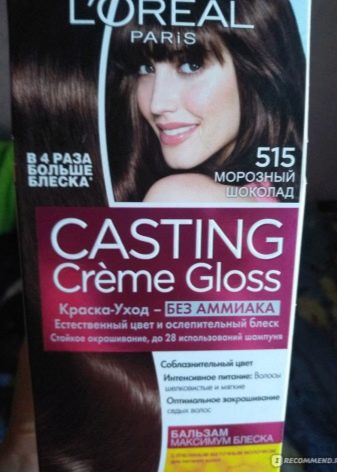
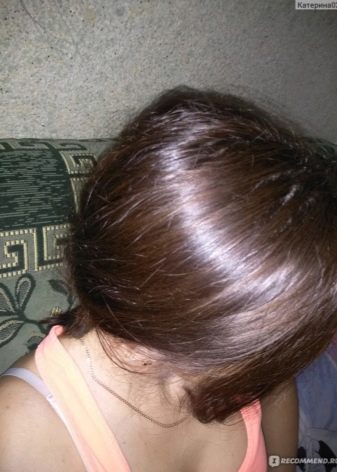
Praline
A good option for red-haired girls who decide to change their shade. The tone is also recommended for women with highlights who want to gradually get out of it. On smooth straight hair, the color looks more advantageous.
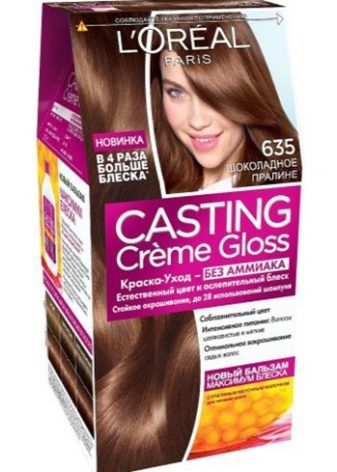

Spicy chocolate
The color is bright and bold, perfect for blue-eyed girls with fair youthful skin. If there are already noticeable signs of age-related changes on the face, the color can emphasize them, make them more noticeable. Often, spicy chocolate is chosen by owners of long straight hair with bangs.

Chocolate mocha
Dark but warm shade. Ideal for those with a peach skin tone.
Mocha does not look good on women with olive skin tones, as this reduces the appearance of the contrast necessary for the expressiveness of the shade.
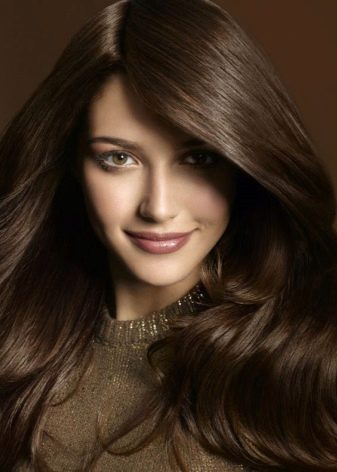
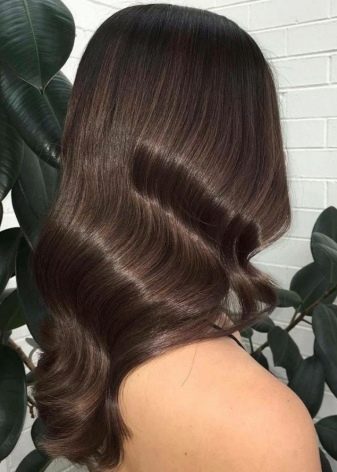
Purple chocolate
Squeak of fashion. It is known that pink and purple shades are no longer perceived as exotic. They have become softer and more accessible, with their help colorists have learned to create deep and multifaceted tones. Lilac chocolate is chosen by blondes or girls with ombre, who decide to change the shade, make a bright transformation.
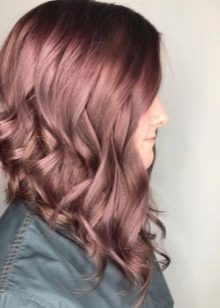
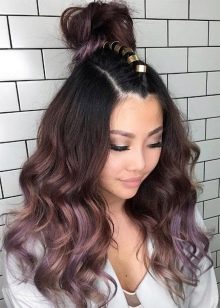
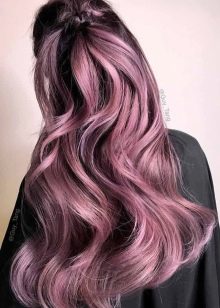
Who is it for?
Like any other dark color, chocolate can age visually. To avoid this, you should remember about a bright make-up and voluminous hairstyle. If you have chocolate hair color, few people manage to walk without makeup and look great, most women have to work hard in front of the mirror. Short hair in chocolate shade requires voluminous styling, otherwise the problem repeats - the hairstyle adds extra years.
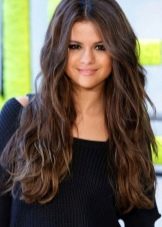
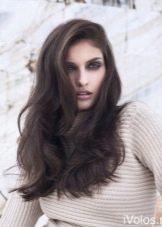
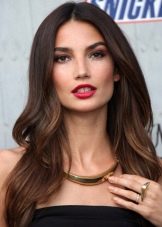
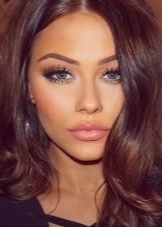
Several categories of women need to be wary of chocolate.
- Owners of very dark skin. A safe alternative to this shade would be classic chestnut or mahogany. You should be wary of dark tones.
- Girls with light eyebrows. If the hair is chocolate, the eyebrows should be in the same range.
- Ladies with an elongated and thin face. The chocolate color of this category of women does not suit, as it lengthens the face even more, adds sharpness and sharpness to the features.
Chocolate is a tone that is ideal for women of the "winter" color type. These are representatives of the fair sex with black or brown eyes, with fair or dark skin. They suit a shade of any tonality from the chocolate palette.
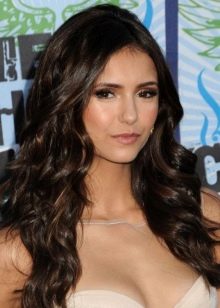
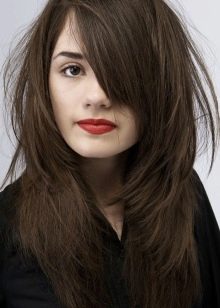
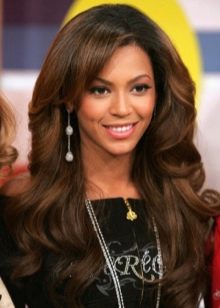
Compatibility with other color types.
- "Summer" (light olive skin, light brown hair, gray or blue eyes). Hair color will grab attention, which may cause facial features to lose. Therefore, you need a bright makeup that levels the difference. You need an eyeliner, mascara for thick lashes, expressive lipstick. Eyebrows and eyelashes should be consistent in color.
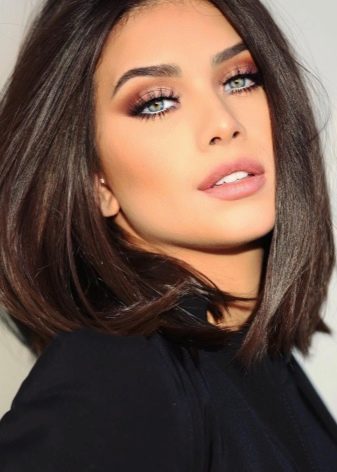
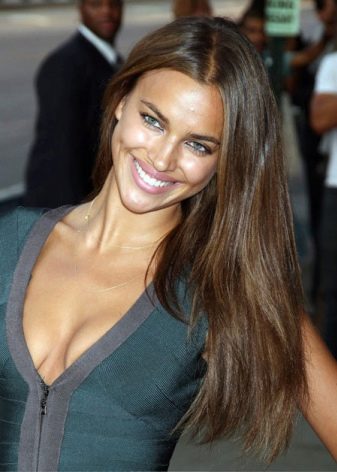
- "Spring" (the skin has a light light undertone, light eyes). The recommendations are the same as for the "summer" color type. But it is worth remembering that a warm color type assumes only warm shades of chocolate.
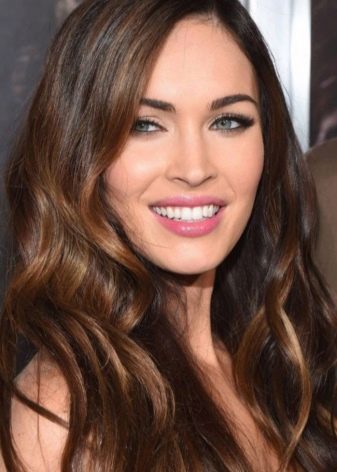
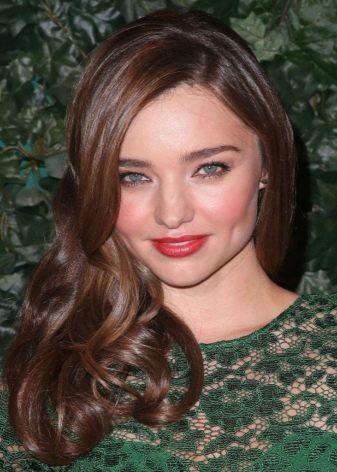
- Autumn (soft, warm skin tone, freckles on the face, golden hair). Classic shades of dark chocolate are not in harmony with the color type.
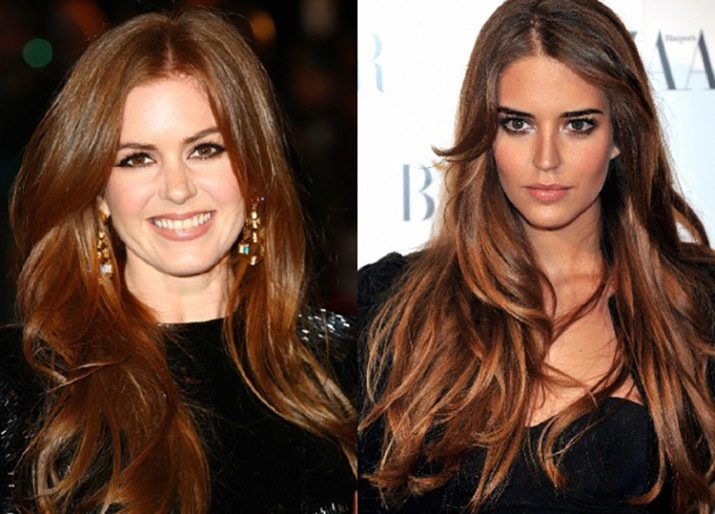
For women with a full and large face, chocolate hair color helps to visually remove excessive roundness of the cheeks. For ladies with a plump face and brown eyes, dark chocolate and chocolate mocha are the best shades. These colors are ideal for women under 40 years old, after this age line, a different shade should be chosen, since chocolate draws attention to already noticeable wrinkles and not always the ideal oval of the face.
As for the type of hairstyle, the graduated bob, straight long hair with bangs and pixie helps the color better.
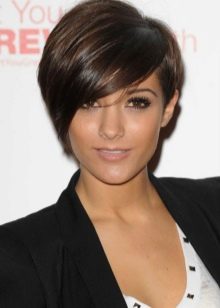
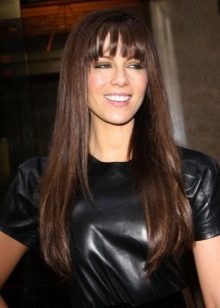
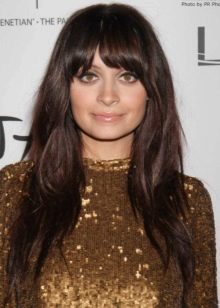
How to choose a coloring agent?
There are 4 basic principles that help you choose a really high quality hair dye product.
- Brand reputation. A deep chocolate shade will look noble and aristocratic if a modern composition from a professional line of paints was used for coloring. Mass-market products are good before the first wash, the color is unstable and often does not match what is shown on the package.
- You should always read the composition. The paint formula should be free of lead acetate and coal tar. They negatively affect the structure of the hair, spoil the scalp. It is good if UV filters are included in the paint formula that protect the strands.
- Choose a dye that matches the base color of your hair. If they are colored, you should not expect an excellent result from the very first procedure. Only a master can tell if bleaching is necessary, what is the likelihood of a "tone on tone" result.
- The choice can only be individual. If the neighbor took the paint perfectly, this does not mean that everyone will have the same option. That is why dyeing your hair at home is a risk and a lottery, only a master colorist can guarantee a successful dyeing.
And although professional paint gives the best result, women continue to use products from the mass market further. But thankfully, budget lines increase quality. Now available paint not from the professional line is more resistant, giving an even tone.

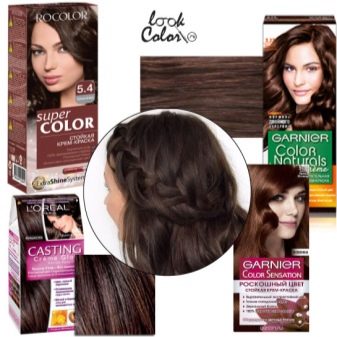
The client herself can master the basics of coloring. Such knowledge will not be superfluous.
Basic rules of color.
- All colors are cold and warm. A warm tone is needed to neutralize a cold tone. But in the reverse order, the rule does not work. By adding cold to warm tones, you can only get a dirty color. So, if the client wants to get a color from a warm range instead of the existing curls dyed in a cold tone, he will first have to neutralize the cold in tone.
- The combination of warm and cold shades is impossible, they are incompatible.
- The staining process itself is the oxidation of melanin by hydrogen peroxide. Atomic oxygen comes out of the peroxide, it displaces the blue pigment from the natural color. Only red and yellow pigments are retained in the hair; by their combination, one can judge the result of lightening. The intensity of oxidation correlates with the concentration of peroxide molecules in the coloring composition - the higher it is, the more powerful the reaction and the lightening effect itself.
- The main commandment of the colorist is that the paint does not lighten the paint, the artificial color cannot dissolve the artificial pigment.
These rules are just the basics of coloring, but their knowledge is enough to avoid typical mistakes in coloring.
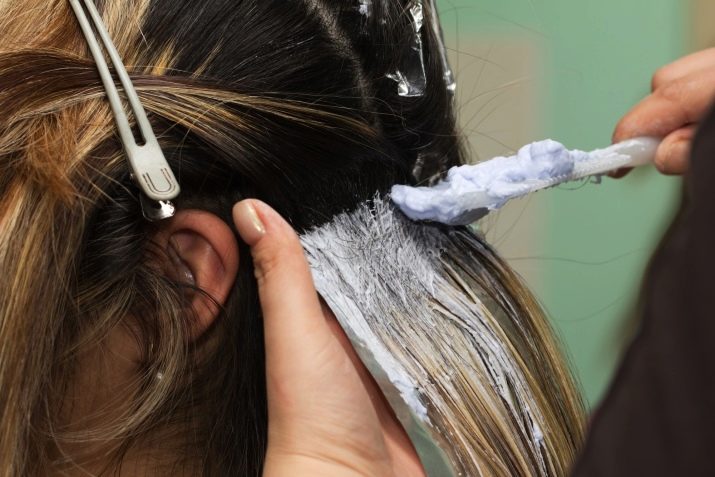
Coloring recommendations
A good dye is needed for successful staining, confident skills in high-quality hair dyeing and an understanding of how to get the desired shade without reddishness and dirty color.
- If the natural hair color is darker than chocolate, the hair will have to be bleached initially.
- It is undesirable for owners of light and bleached hair to dye at home - the color as a result may turn out to be lighter in the bulk, and in some places it will go into darkening. Before staining, the master will make preliminary pigmentation, and then apply the paint.
- Fair-haired girls do not have to worry, their color is an ideal base for dyeing in chocolate.
- If you decide to achieve a chocolate shade with the help of basma or henna (there is also such an option), the chemical dye will have to be washed off with a special tool.
- On naturally dark hair, during the dyeing process, a warm shade with a dominant red tint can be obtained. This is due to the presence of its own intense pigment in the hair. In this case, experts advise dyeing your hair in cold shades of chocolate.
- With the initial uneven hair color, the paint is supposed to be applied in parts: first, the lightest areas are dyed, then they proceed to the treatment of darker hair, and finally, the dyeing is completed by the treatment of the darkest zones.
- A bright, flashy hair color (red, carrot) should be washed off and only then the paint should be applied. If you ignore the wash-off step, the color will take on the shade of the previous stain.

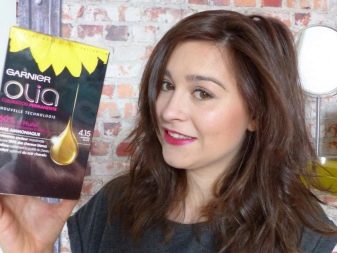
The procedure in a hairdressing salon is incomparable with home coloring. Often, the master achieves the desired tone by mixing two shades. Professional coloring will be uniform and deep. But the chocolate will start to wash out anyway: after the professional procedure it will not happen so quickly, after the home transformation - in a month. The shade begins to brighten, to show a copper or red undertone. And if the girl was blonde before being painted in chocolate, the color will start to wash off in 2-3 weeks.
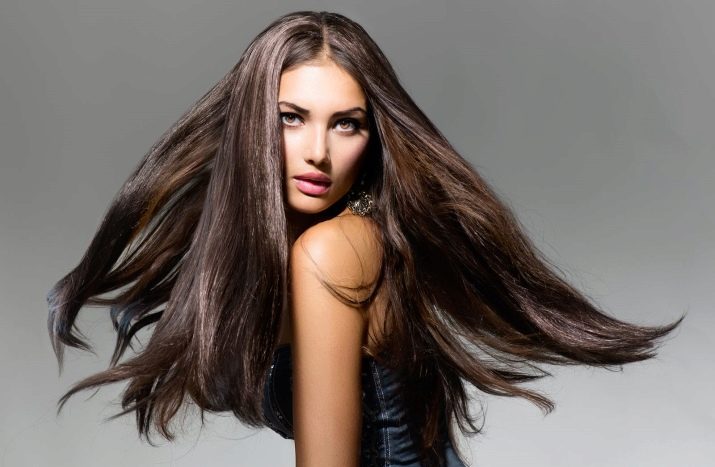
How to care for strands after the procedure?
The shine and richness of chocolate can and should be preserved on the hair. To do this, immediately after dyeing, the hair is washed with a special fixative balm. The balm covers each hair with a thin film. So it fixes the color, protects it from the sun and moisture, heat treatment. The subsequent regular use of chocolate-colored shampoos and hair masks.
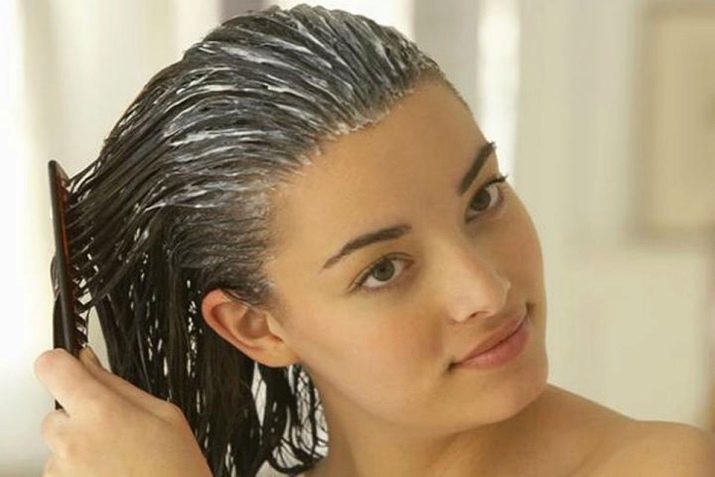
7 top tips for caring for colored hair
- Use natural rinses. For example, a decoction of oak bark strengthens hair, prevents hair loss, and stimulates growth.
- For at least 3 weeks after dyeing, do not carry out such radical procedures as perm.
- Try to dry your hair without a hairdryer, and style it without curling or ironing. For at least the first 2 weeks after dyeing, do not expose curls to heat. Subsequently, before winding your hair or straightening it, apply a spray (serum, mousse) with a thermal protection function on it.
- The sun harms dyed hair - the first 2 weeks after dyeing, you need to especially carefully protect them from burnout under ultraviolet light. The color "leaves" very quickly, and the hair itself dries up, becomes brittle and dull.
- You can use natural toners. Decoction of walnut, coffee, as well as decoction of onion husks well supports dark shades.
- Combine natural products with a professional line of hair care cosmetics. In the arsenal of beauty, there must be a nourishing mask, as well as a radiance mask for colored hair.
- Apply special serums to the curls, they give the hair a healthy shine and allow the color to unfold.
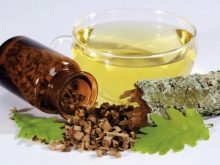

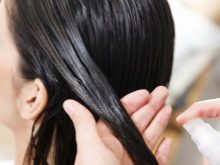
Do not forget that a new hair color entails changes on the face: a new color of eyebrows, lipstick, blush... These are mandatory changes that help to create a holistic image, the elements of which do not contradict each other.
Chocolate color is a palette of the most "delicious" shades that can turn not the strongest and thickest hair into a beautiful, shiny, visually voluminous hairstyle.
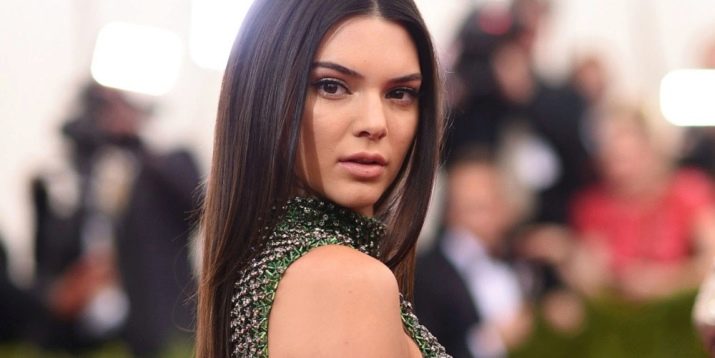
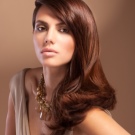

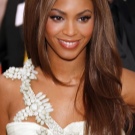
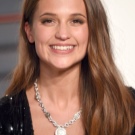
For more on the features of chocolate hair color, see the next video.








